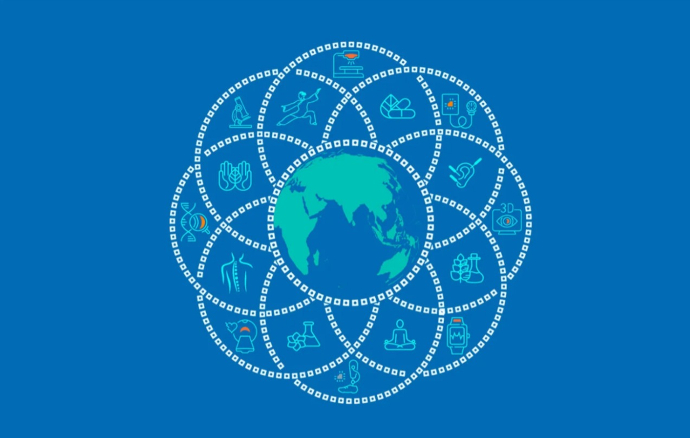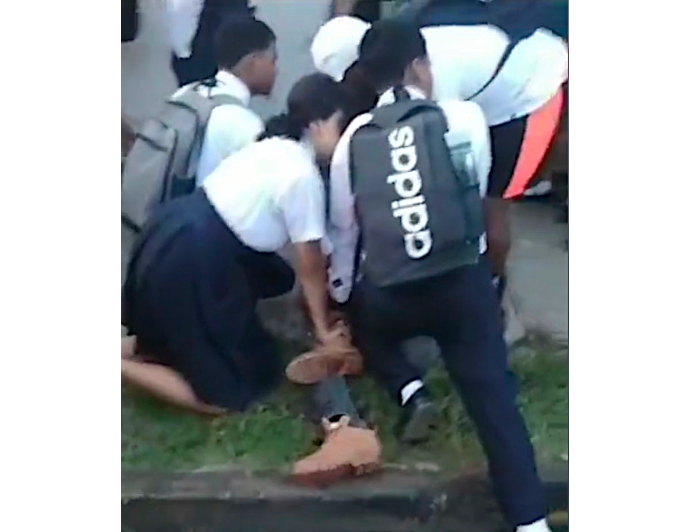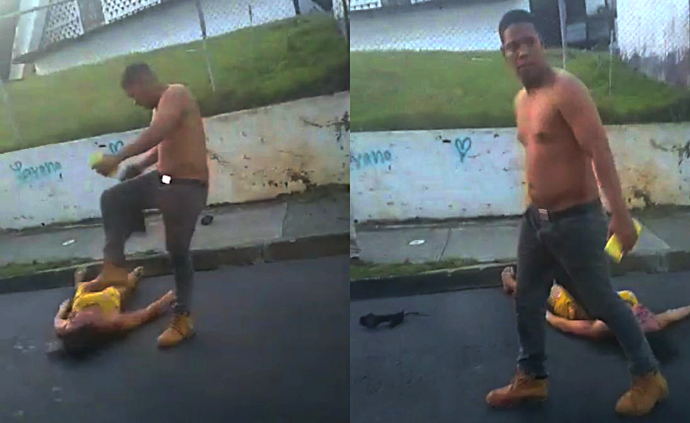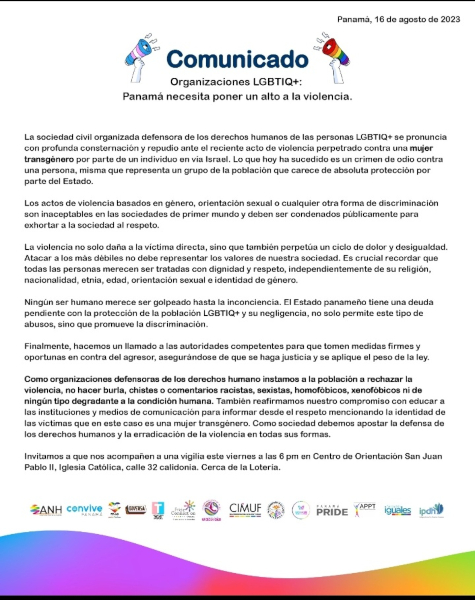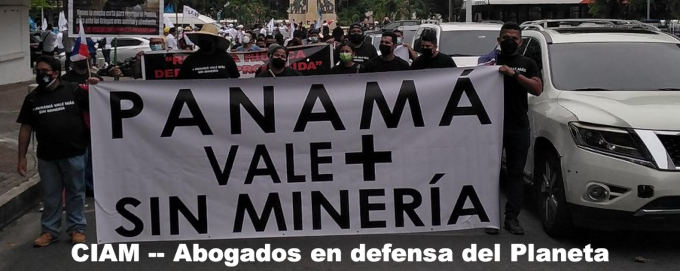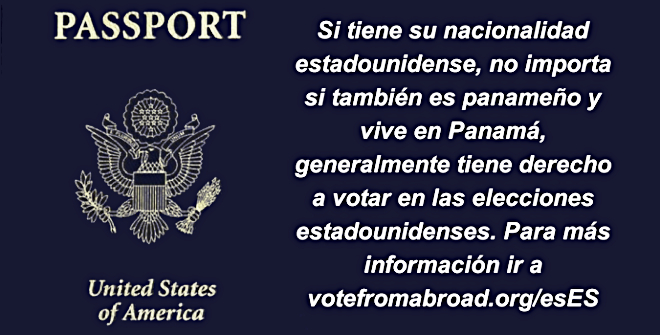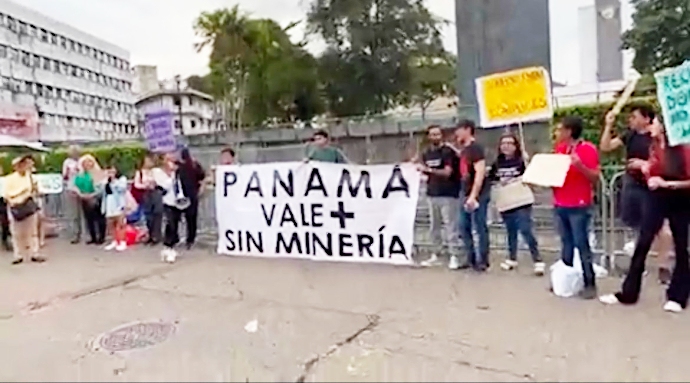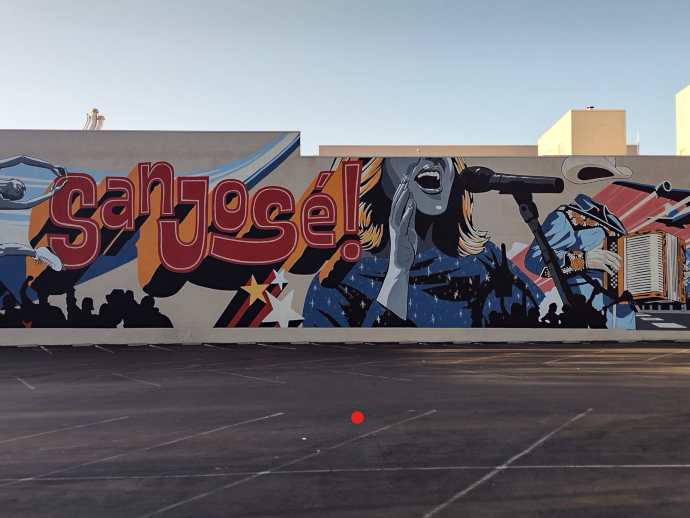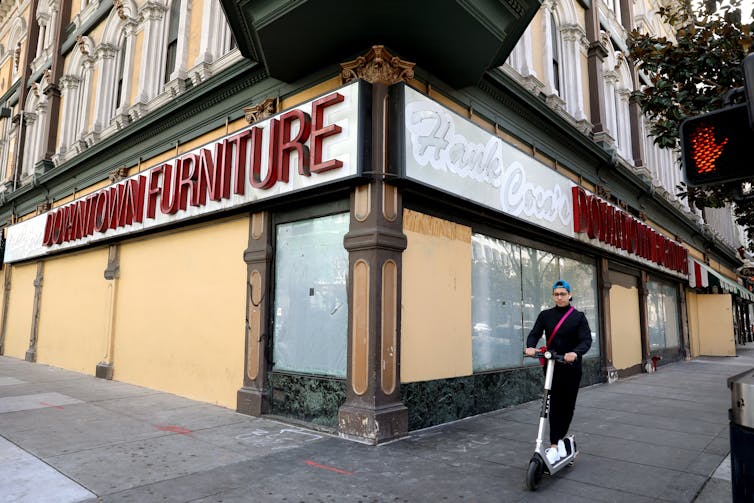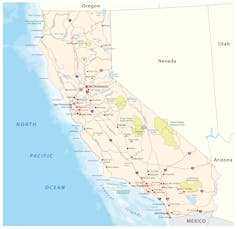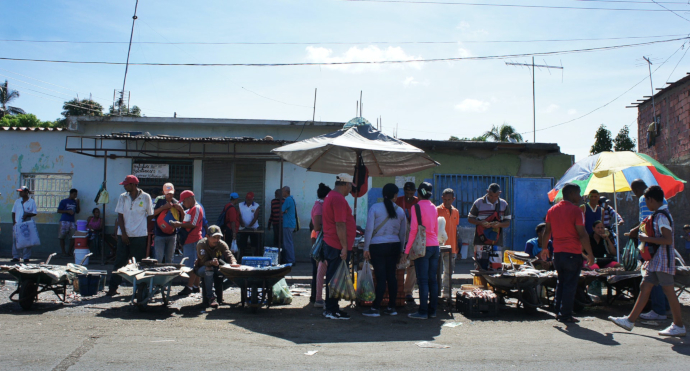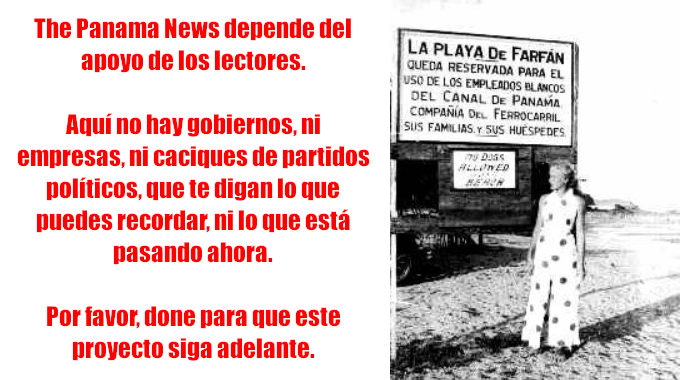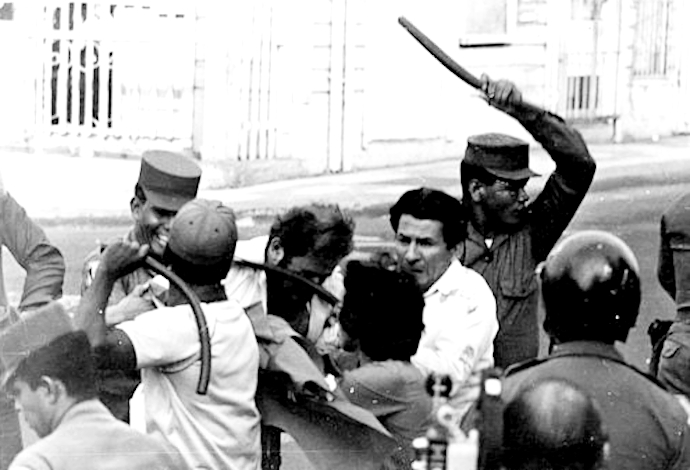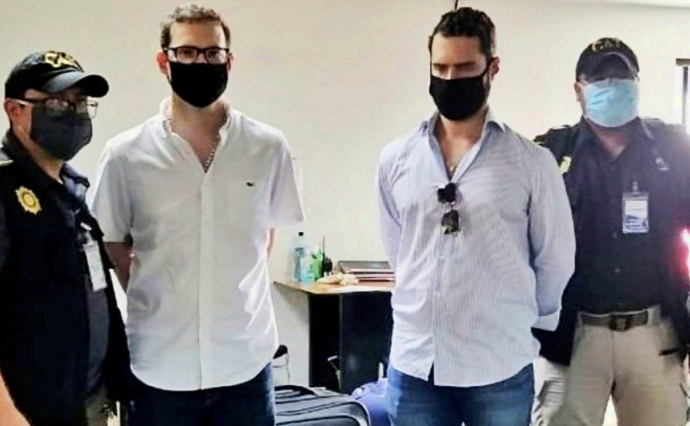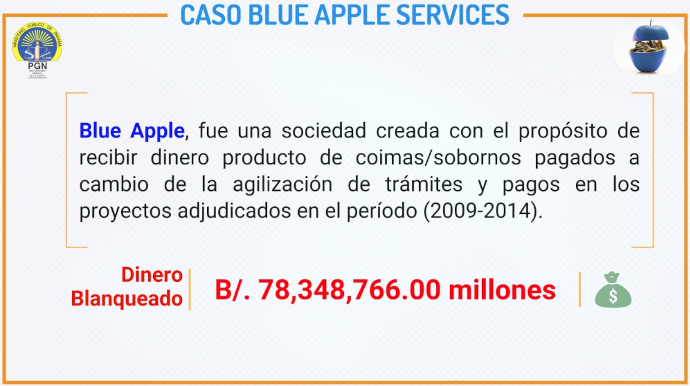Traditional medicine is as old as humanity itself
by Dr. Tedros Adhanom Ghebreyesus, World Health Organization Director-General
Your Excellency Shri Bhupendrabhai Patel, Chief Minister of Gujarat,
Your Excellency Shri Sarbananda Sonowal, Minister of AYUSH,
Your Excellency Shri Mansukh Mandaviya, Minister of Health,
Excellencies, dear colleagues and friends,
Namaste. Let me begin by wishing our hosts a belated but very happy Independence Day.
It’s an honor to be with you here in Gandhinagar for this first WHO Traditional Medicine Global Summit.
I thank Prime Minister Modi and the Government and people of India and Gujarat for their hospitality, and for their leadership in traditional medicine, as part of their commitment to universal health coverage through the Ayushman Bharat scheme.
Yesterday I had the privilege to visit a health and wellness center here in Gujarat, which provides primary health care services to almost 5,000 people in 1,000 households.
I was so impressed with the way India is using telemedicine to provide consultations remotely, expanding the delivery of services, and saving patients time and money in travelling.
This is what health for all looks like.
I also saw how traditional medicine is being integrated at the primary health care level, with a wellness garden at the clinic, where I had the opportunity to plant a Tulsi tree.
One of the great strengths of traditional medicine is the understanding of the intimate links between the health of humans and our environment.
That’s why WHO is committed to supporting countries to unlock the potential of traditional medicine, through the Global Traditional Medicine Centre in Jamnagar, which I had the honor to launch with His Excellency Prime Minister Modi last year.
At that time, we decided to co-host the first WHO Traditional Medicine Global Summit, jointly celebrating WHO’s 75th anniversary and India’s 75th anniversary of national independence, alongside India’s presidency of the G20.
We plan to make this a regular event, maybe every two years, to provide an established global forum for sharing evidence and best practices in the use of traditional medicine.
Traditional medicine is as old as humanity itself.
Throughout history, people in all countries and cultures have used traditional healers, home remedies and ancient medicinal knowledge to meet their needs for health and well-being.
At some point in our lives, most of us will use some form of traditional medicine.
Growing up in Ethiopia, a country with its own rich history of traditional medicine, I saw first-hand how communities relied on traditional practitioners for their health needs.
Traditional medicine is not a thing of the past. There is a growing demand for traditional medicine across countries, communities and cultures.
Traditional, complementary and integrative medicine is especially important for preventing and treating non-communicable diseases and mental health, and for healthy aging.
Traditional medicine has a long history.
Over 3,500 years ago, Sumerians and Egyptians used bark from the willow tree as a pain reliever and an anti-inflammatory. The Ancient Greeks used it to ease the pain of childbirth and cure fevers. Then in 1897, the chemist Felix Hoffmann synthesized aspirin and the drug has gone on to improve, and save, the lives of millions of people every day.
Likewise, the Madagascar periwinkle, which is now the source of childhood cancer drugs, is mentioned in Mesopotamian folklore, as well as Ayurveda and traditional Chinese medicine. Medicinal plants like hawthorn and foxglove have been used to treat cardiovascular disease and hypertension, and a derivative of the wild Mexican yam is one of the first active ingredients in contraceptive pills.
India has a rich history of traditional medicine through Ayuverda, including yoga, which has been shown to be effective in alleviating pain.
As someone who spent many years researching malaria transmission, I am inspired by Chinese scientist Tu Youyou, who leveraged traditional knowledge to achieve a breakthrough in malaria treatment. After testing – unsuccessfully, over 240,000 compounds for use in antimalarials, Tu Youyou turned to traditional Chinese medical literature for clues. There, she and her team found a reference to sweet wormwood to treat fevers. In 1971, Tu Youyou’s team isolated artemisinin, an active compound in sweet wormwood that was particularly effective in treating malaria.
Artemisinin is now the backbone of malaria treatment.
These are just a few examples. There are many more.
Traditional medicine has made enormous contributions to human health, and has enormous potential. Through this summit, and the WHO Global Center for Traditional Medicine, WHO is working to build the evidence and data to inform policies, standards and regulations for the safe, cost-effective, and equitable use of traditional medicine.
This is not a new area for WHO. In 2014, our Member States approved the first global 10-year strategy for traditional medicine. At this year’s World Health Assembly, Member States agreed to extend the strategy for an additional two years, and asked for a new 10-year strategy be developed for 2025 to 2034.
This summit is an important opportunity to advance the understanding and use of traditional medicine. The Gujarat Declaration—the main outcome of this Global Summit—if effectively implemented, will enhance the appropriate integration of traditional medicine into national health systems.
Let me leave you with three specific requests.
First, we urge all countries to commit to examining how best to integrate traditional and complementary medicine into their national health systems.
Second, I urge you all to identify specific, evidence-based and actionable recommendations that can inform the next WHO traditional medicine global strategy.
Third, I urge you to use this meeting as the starting point for a global movement to unlock the power of traditional medicine through science and innovation.
Once again, my thanks to India for its hospitality and leadership in this area. My thanks also to my WHO colleagues, especially Dr. Shyama Kuruvilla, for her hard work in organizing this summit.
I would also like to thank my sister Poonam, our Regional Director, for her leadership on this. And my thanks to all of you for your commitment to bringing together ancient wisdom and modern science for the health and well-being of people and planet.
Namaste. I thank you.
August 17, 2023, Gandhinagar, India
WHO Global Traditional Medicine Summit
Contact us by email at fund4thepanamanews@gmail.com
To fend off hackers, organized trolls and other online vandalism, our website comments feature is switched off. Instead, come to our Facebook page to join in the discussion.
These links are interactive — click on the boxes

